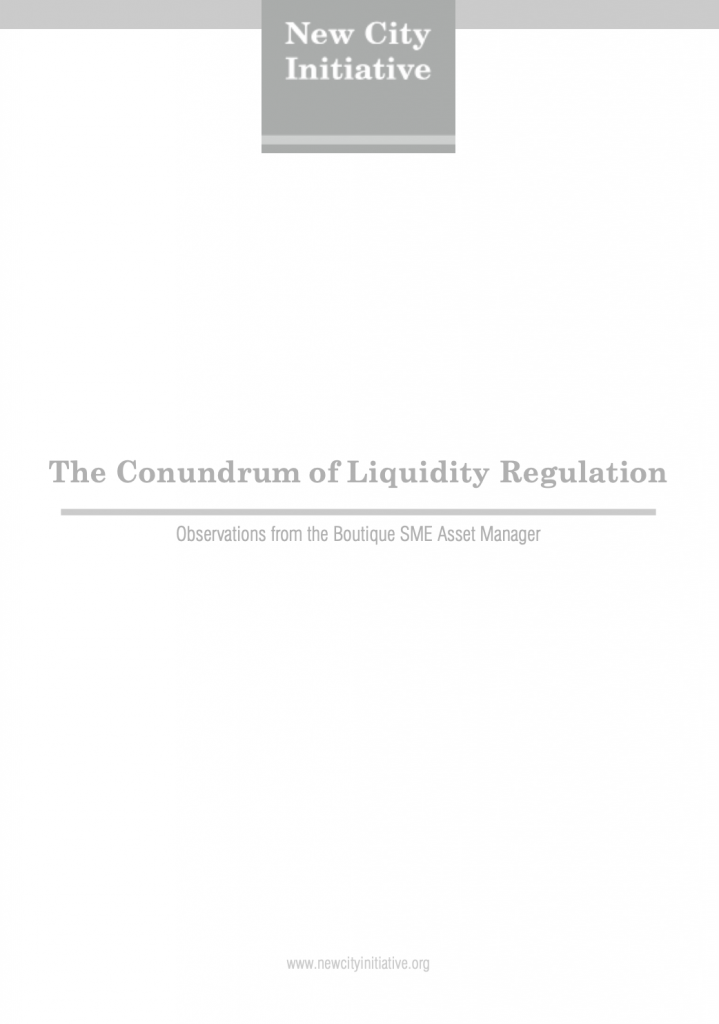Liquidity is something that is often talked about in financial markets, usually when it is perceived to be absent. However, an exact and consistent definition is elusive and attempts to clarify matters are often forgotten and inherently difficult to isolate for analysis. What does seem to be agreed is that more liquidity is a good thing, although even that may not be the case if the liquidity comes from inflationary monetary policy. Where the risk of failures in liquidity lie and should lie is more contentious.
Historically, much liquidity risk was held within the banking sector: banks naturally take liquid deposits and make illiquid information-intensive loans. Recently, regulation has constrained banking activity and this has led to a transfer of liquidity risk to other sectors such as asset-management. This has unintended consequences, as discussed in this paper, and may not serve investors or the broader economy well: many asset management strategies explicitly rely upon liquidity transformation and the interconnectedness of different components of the financial services sectors means that regulation that affects one part has a corollary, perhaps unintended, consequence on another sector.
An intelligent and thoughtful approach to regulation and policy is in everyone’s interests. NCI acts as a catalyst for discussion and I am very pleased to introduce this paper, which takes a reflective and broad view of liquidity risk and the policy landscape that addresses it.
Jamie Carter
Chairman, New City Initiative Chief Executive, Oldfield Partners

